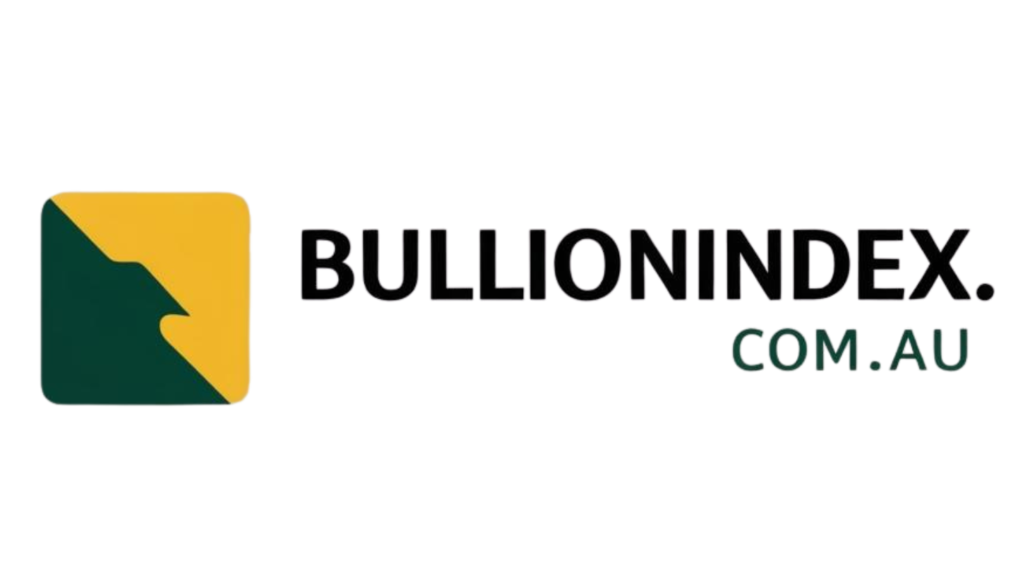Platinum is a critical mineral for the energy transition, with hydrogen-related demand for platinum projected to increase substantially in the coming years. By 2030, platinum catalysts in electrolysis and fuel cell markets are expected to contribute significantly to total platinum demand. However, the platinum market has shifted into a supply deficit, a trend anticipated to persist until at least 2027, according to the WPIC’s outlook.
This multi-year deficit in platinum supply will deplete above-ground stocks and tighten markets, coinciding with the rapid growth of the hydrogen economy. To address potential bottlenecks in platinum availability for the hydrogen sector, existing end-uses of platinum can be substituted with other platinum group metals (PGMs), particularly palladium, widely used in autocatalysts.
Meanwhile, the palladium market has experienced fluctuations, with demand peaking in 2019 after consecutive years of deficits, followed by a surplus in 2020 due to reduced automotive production during the pandemic. The market returned to deficits in 2021 and 2022, and automotive palladium demand is expected to stabilize as vehicle sales recover to pre-pandemic levels by 2025.
Despite modest growth in automotive palladium demand, industrial and jewelry demand declines are projected to offset this increase, resulting in an overall flat demand profile for palladium. The market is forecasted to transition to surplus from 2025, driven by a significant rise in palladium recycling supply, particularly from scrapped end-of-life vehicles.
Platinum and palladium, as co-products in polymetallic ores, play crucial roles in autocatalysts for reducing vehicle emissions. While physiochemical differences exist between the two metals, they are interchangeable to some extent, especially in autocatalysts. The relative ratio of PGMs in autocatalysts is determined during the development of emissions control systems for new vehicle models and remains fixed for the vehicle’s lifecycle.
As platinum faces sustained deficits and palladium moves towards surpluses, a closure of the pricing differential between the two metals is anticipated. This shift is expected to slow down platinum-for-palladium substitution and eventually lead to a period of palladium-for-platinum ‘reverse’ substitution starting in 2025. The reverse substitution process is estimated to generate additional palladium demand by 2027, freeing up platinum supply for the burgeoning hydrogen economy.
Overall, the dynamics of platinum and palladium substitution in autocatalysts reflect a complex interplay of metal availability, economic viability, and market imbalances. As the industry navigates these shifts, the balancing act between platinum and palladium usage in various applications will continue to evolve, impacting supply chains and pricing structures in the PGM market.
📰 Related Articles
- Platinum and Palladium Poised for Resurgence Amid Market Shifts
- Palladium and Platinum Market Shifts Signal Diverging Investment Paths
- Platinum Resurgence Signals Investment Opportunity Amidst Market Shifts
- Platinum Market Outlook 2025: Stability Amid Sector Shifts
- Why Bombay Stock Exchange Closes on Maharashtra Day and Market Holiday Impact



![Intelligent in Edelmetalle investieren [Invest Intelligently in Precious Metals]: Wie Sie Ihr Geld sicher in Gold, Silber,...](https://m.media-amazon.com/images/I/81y4BmCEAOL._AC_UL320_.jpg)


